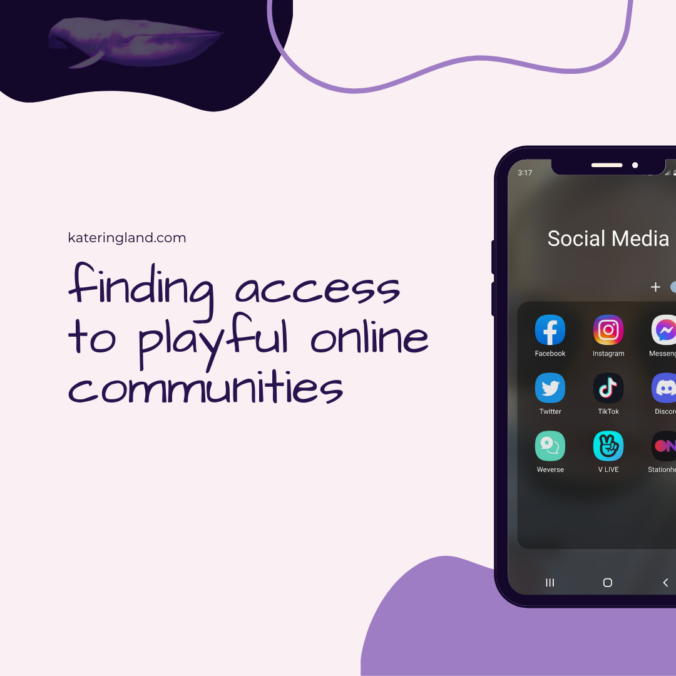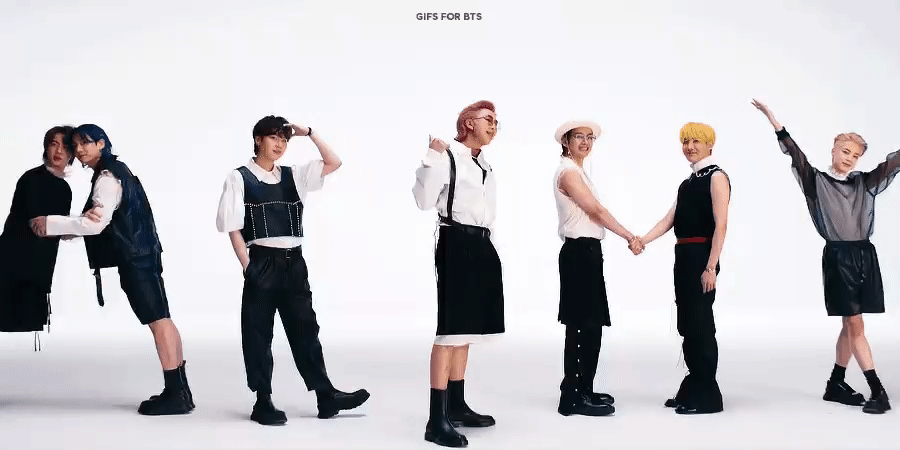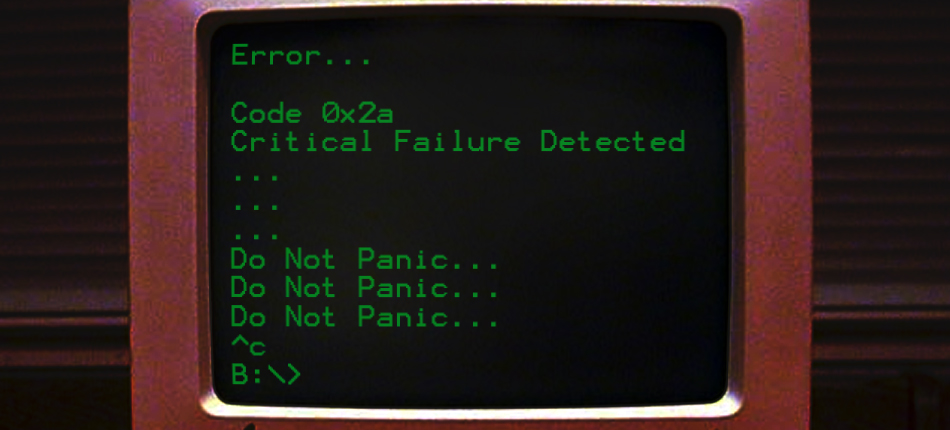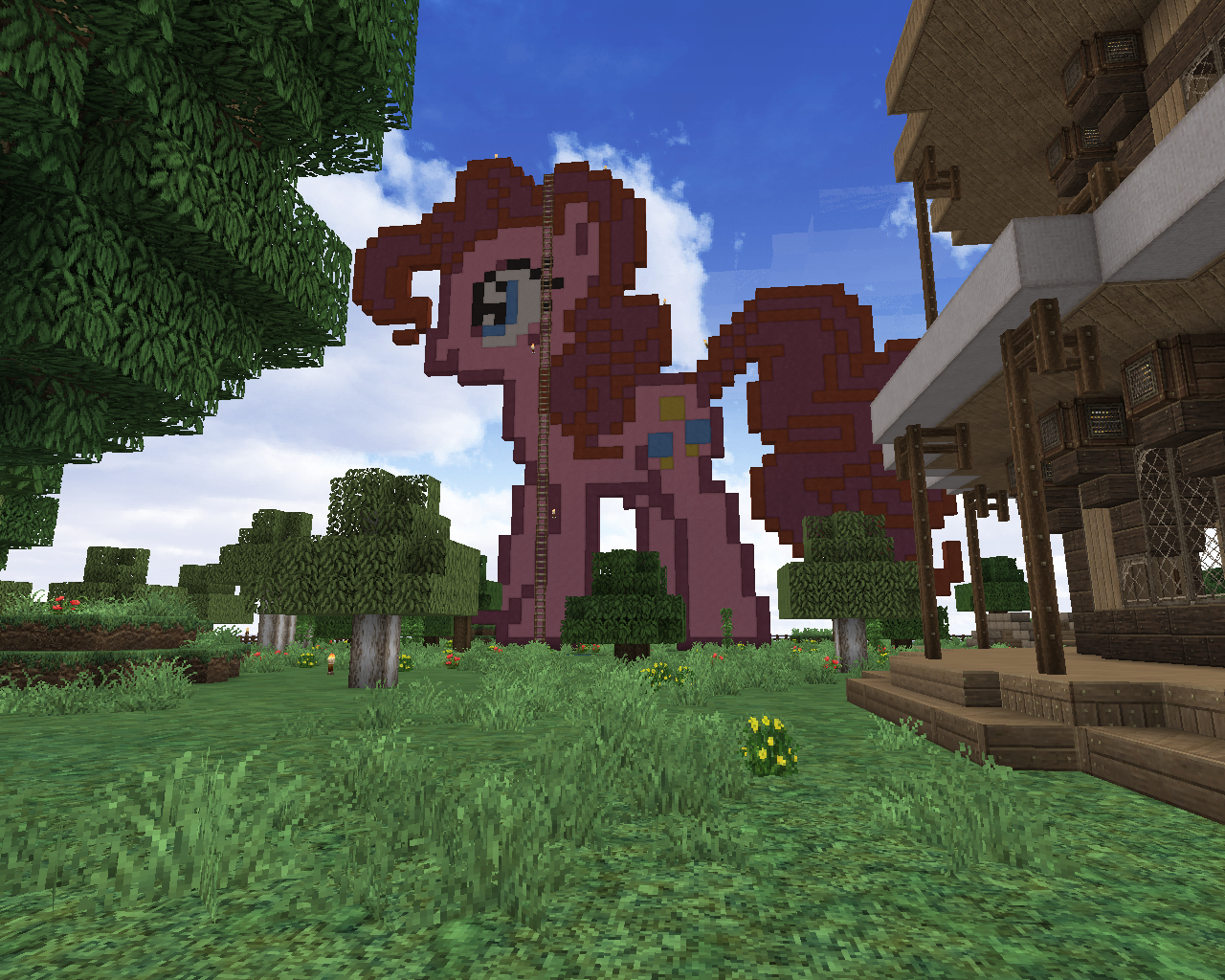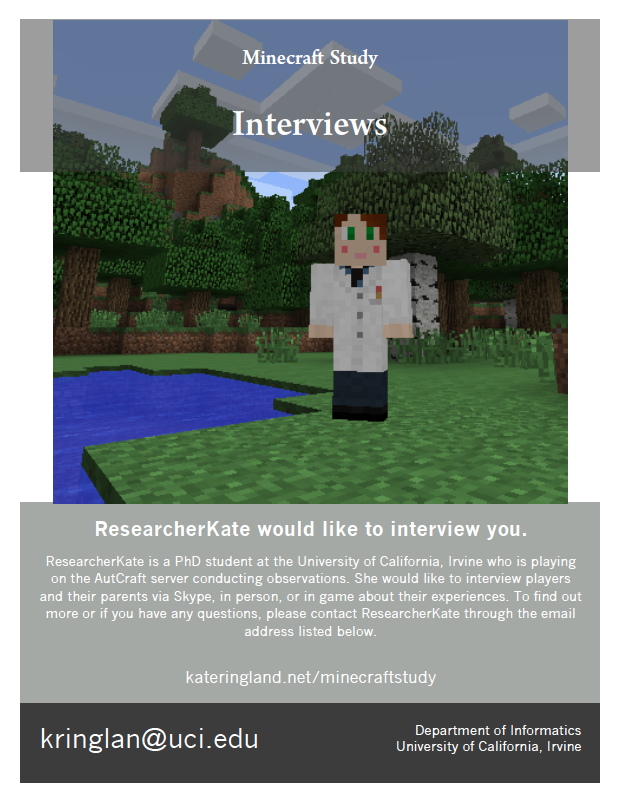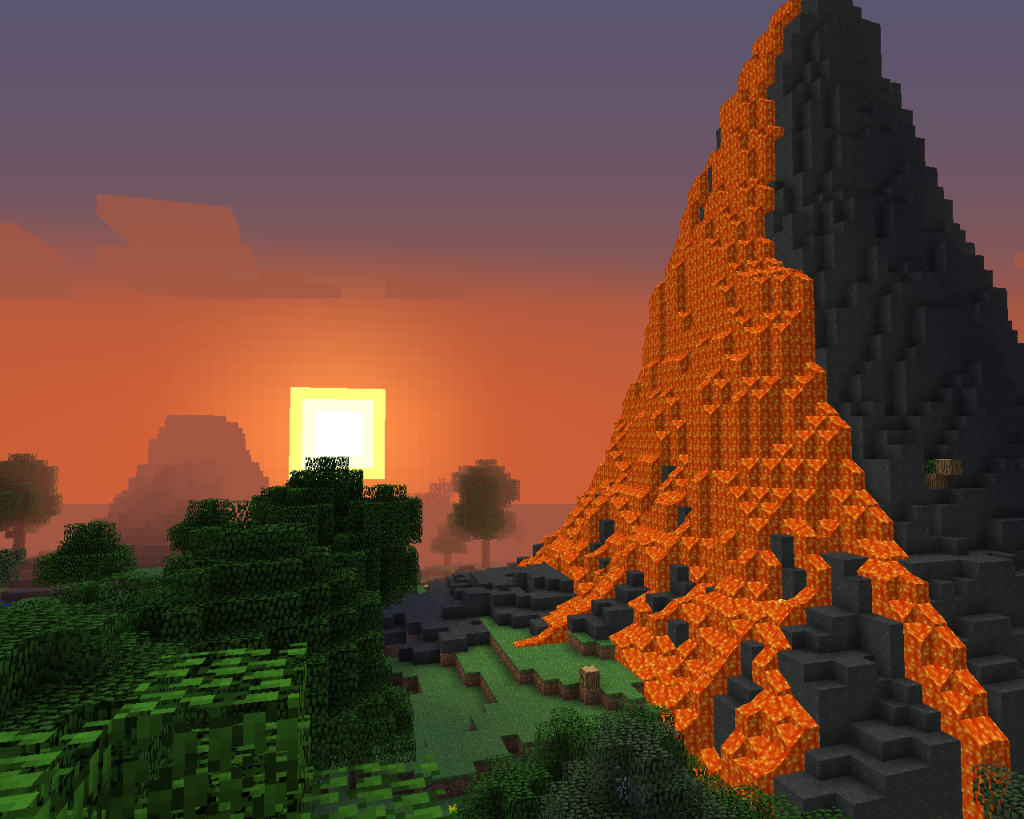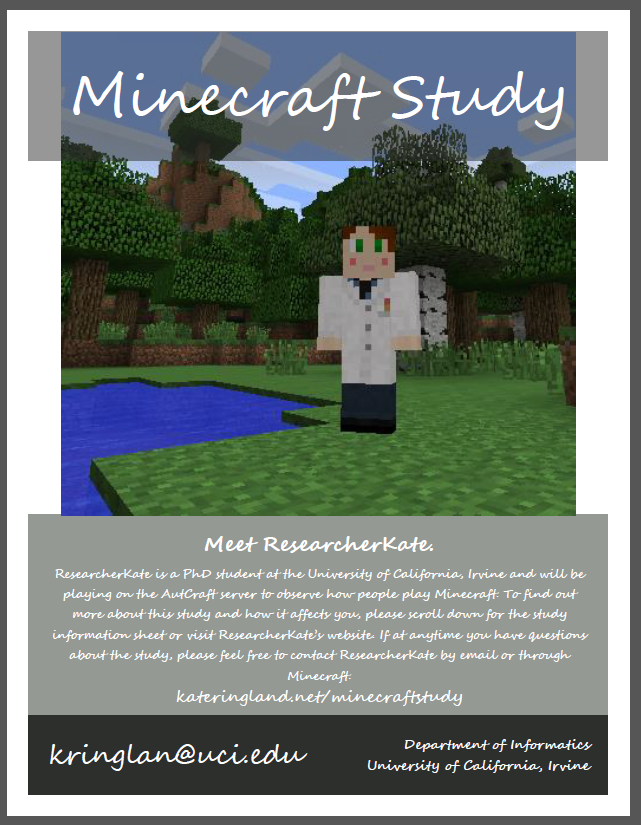Understanding the Collaborative Construction of Playful Places in Online Communities
By: Kathryn E. Ringland, Arpita Bhattacharya, Kevin Weatherwax, Tessa Eagle, and Christine T. Wolf
[This article was written by Kate with the help and support of her co-authors.]
This work is cross-posted on Medium: https://kateringland.medium.com/armys-magic-shop-668cb8a3c0c0
Preview: Using ethnographic fieldwork, we dive into the world of BTS and ARMY’s Magic Shop. The Magic Shop is a conceptual place for community members to relax, connect, and support one another. The Magic Shop is built on a foundation of play and exists in all the spaces that the BTS ARMY community lives and plays. This research helps us understand the deep importance of the BTS ARMY Magic Shop to community members and how we can create better and safer platforms for the community in the future.
This work will be appearing at CHI 2022. The preprint can be found at https://bit.ly/MagicShopCHI2022

Introduction
When we think about researching play, we often think of studying play in children, designing educational games, or using games to improve health. In this work, we’ve taken research on play in an understudied direction by looking at adults engaging in play for their leisure or as a hobby. In particular, we are looking at spaces not intentionally designed for play — that is, technologically mediated social spaces that are repurposed as socially playful places. For example, we are looking at social media platforms instead of multiplayer games where the play is scaffolded into the platform. This research is vital for better understanding how communities at play use technology. Outcomes of this work will ultimately help designers and researchers build better supportive and safer platforms for communities in the future.
Specifically, we turned our attention to the musicians BTS and their fandom, ARMY. We look at ARMY because of the community’s reach and diversity. Composed of a diverse but often underrepresented majority, ARMY is also a largely misunderstood community as it experiences biases, stereotyping, and oppressions that intersect across the different identities and interests of people in this fandom. We hope this work helps to reverse some of the stigma around ARMY and fandoms as a whole.
The goal of this work is to illustrate how BTS and ARMY work together to create a socially playful place in-person and online, built upon what the artists and community members call the “Magic Shop.” The foundations of this Magic Shop are people and their shared values, transcending the physical space to online and emotional or abstract places.
BTS & ARMY
BTS (방탄소년단 or Bangtan Soyeondan) is a group of seven musicians from South Korea who debuted in 2013. Their fandom, ARMY, has been growing globally since the band’s inception. ARMY, as a community, uses a variety of social media platforms to communicate such as Twitter, Instagram, TikTok, Facebook, and Weverse. ARMY has a flat, non-hierarchical and participatory power structure [6]. That is, there is no clear “leader” of ARMY, other than, perhaps, the BTS members who also consistently share their power and success with ARMY.
ARMY has been stigmatized in the media for a number of reasons, including its majority fem-identifying membership and its supposed “bot-like” behavior [7]. However, as this work and others have shown, this is far from reality. ARMY is a large, diverse fandom with many different contexts, experiences, and values, and cannot be described in singularity [1]. ARMY is perhaps best known for their organizing and activism, such as raising donations for causes like Black Lives Matter in short periods of time.
Welcome to the Magic Shop: Research Methods
In this study, we report the findings from an ongoing online ethnographic study of the ARMY community. Data were collected through ARMY’s public social media posts on Twitter and TikTok, as well as through publicly available media posted by BTS on social media platforms including TikTok, Twitter, Weverse, YouTube, and VLIVE (this portion of the study was conducted before the members of BTS opened their individual Instagram accounts in December 2021).

I was responsible for all data collection and primary data analysis, identifies as an ARMY and has been on ARMY TikTok since September 2020 and ARMY Twitter since January 2021. For more details about data collection and analysis, please refer to the full paper.
Important Research Considerations: Keeping BTS & ARMY Safe
Safety of BTS and ARMY are the priority in conducting this research. This work is exempt from ethics board approval because it involves ethnographic observations of public social media data. However, I and my co-authors took extra care while collecting, analyzing, and presenting this data.
As a member of the ARMY community, I take responsibility for protecting individuals who may interact with my various social media accounts. The BTS ARMY community has a history of being marginalized, including incidents of racism, xenophobia, and ageism. Further BTS ARMY faces more criticism among media and other outsiders [2,4,5]. ARMY has a fraught history of outsiders seeking to cause harm or use ARMY and BTS for their own profit or agenda [8,9].

The epistemic violence [11] enacted upon the community has left many with little trust for academia, with valid cause. For this reason, being a member researcher was imperative for this work to be positively received by the community and to ensure that knowledge-making about BTS and ARMY is done in conjunction with the ARMY community. At the same time, to ensure validity for research contexts in addition to the ARMY fandom and that solely my perspectives are not biasing this research, I worked with other ARMY and non-ARMY co authors during the analysis and writing process.
The data presented in these findings are exemplary of the themes found during analysis while prioritizing the integrity of the community. Everything has been anonymized and paraphrased unless otherwise noted.
This work relies on data from my online ARMY community where I am transparent about my identity as a researcher/professor and an ARMY. Therefore, when ARMY is referred to in the study, this is referring specifically to my extended ARMY community, rather than ARMY as a whole. It serves as a starting point for scholars to understand the ARMY community and playful adult places more broadly.
BTS & ARMY Creating the Magic Shop Together
The Magic Shop exists in the spaces where ARMY and BTS go to seek comfort and to play with one another. The Magic Shop can exist anywhere BTS and ARMY have the potential to play, such as in online spaces (social media) or in offline spaces (concert venues). To create the Magic Shop, BTS engages in and encourages playful activities through their conversations and content. ARMY then follow suit in fostering play through fan-made edits and commentary, role-playing, and in-group humor. BTS and ARMY engage in play to construct safe and enjoyable online community places.

The play of BTS and ARMY in the Magic Shop should not be dismissed as less valuable than other aspects of life because it is play among adults or a hobby or leisure activity. Indeed, BTS and ARMY’s play has real-world impact and consequences — not the least of which is to support coping, meaning-making, and a sense of connectedness, thus improving quality of life and well-being for those in the community [3]. “Play” as we understand it, is a concept big enough to be a thing that is both purposeful and joyfully purposeless. This work provokes the need for future research taking a more expansive view of play — and a more expansive view of its benefits and boundaries in the everyday lives of communities online.
Some of ARMY’s play includes content transformation and curation, creating specific themed accounts, humor, crafting theory about BTS content, and creating new content. Doing these activities builds upon the foundation of the playful place set by BTS. For example, the following video is a skit performed by BTS on the Late Late Show with James Corden.
From this type of content, ARMY then create various content including hourly or daily accounts of specific clips that ARMY use to convey a mood or to add to conversations playfully.
The Magic Shop in online spaces has become all the more meaningful since the beginning of the COVID-19 pandemic when BTS, due to public health concerns, canceled their world tour and ceased all in-person activities with fans. Both ARMY and BTS leaned into the spaces still available to them — that is, online social media platforms — to continue creating this sense of community and connectedness. ARMY may not know each other’s legal names or even reside in the same country, but they have nevertheless created an intimate bond through play as well as connection to BTS, their message, and their discography. BTS and ARMY, first and foremost, are connected to one another by BTS’s music. This is the first point of contact and the common ‘language’ used throughout the community. Other media and platforms, then, become further means of communication.
Boundaries of Play in and out of the Magic Shop
Being able to play together requires a feeling of safety (whether they are actually safe or not) and trust between players [10]. Likewise, the Magic Shop cannot exist without these prerequisites. Many of these playful moments only have meaning within the playful place. Outside the playful place, much of the antics and humor can be misunderstood and stigmatized. Concerns about this can be seen in how ARMY negotiate with one another about what is appropriate “for the timeline” (that is, public posts) and what should be reserved for private conversation. Indeed, this is reflected in the careful choosing of examples for this paper, as well as the extensive explanation of the methods in this work. For the play to be truly playful, a trust between members of the community must be developed to create the sense of consent and safety needed for fun play.
In fact, when the Magic Shop is noticed by outsiders (such as a reporter taking ARMY tweets out of context and without consent), there is a sense of violation among ARMY — play no longer feels playful. Almost all of ARMY’s playful activities occur on public platforms and can be accessed by outsiders at any time, yet the community maintains a sense of in-group and out-group engagement. ARMY still holds to the trust among each other and in BTS as they go about their play. This type of social clustering within a public space without any physical or digital boundaries is often seen in interest groups (such as, gaming, other fandoms) and is also facilitated by the current tailoring algorithms on social media.
The time and place to be playful is context-dependent — both the context inside and outside of the Magic Shop. The public nature of these platforms requires extra social effort and infrastructure to maintain the boundaries of the community’s playful place. Within ARMY spaces, the community has leveraged affordances of the various social media platforms at their disposal (such as using the report and block feature, embedded videos and gifs, threads on Twitter, music on TikTok), as well as social norms for this boundary maintenance. Without having a strict “game” platform, BTS and ARMY have still managed to foster a set of rules for their play. This includes following BTS’s lead in knowing what is meant to be fodder for playful content and what is not (such as being respectful of emotionally laden images and video).
Outro
The goals of this study were (1) better understand how communities at play use technological platforms for play even when they are not designed as such and (2) to begin to reverse the stigma and marginalization of BTS and ARMY. BTS and ARMY have built a community based on mutual respect, love of music, and being playful with one another in their Magic Shop. The Magic Shop is often impacted by real world non-play issues such as being summarily dismissed, harassed, and stigmatized by outsiders, which can harm BTS and ARMY. The members of the community collectively work to look out for each other’s well-being and reorient to restore play in the Magic Shop — making sure that BTS and ARMY are safe and having fun.
Curious to learn more about this research? Visit: https://kateringland.com/btsarmy

💜 Thank you to those who provided invaluable feedback on drafts of this work including Breanna Baltaxe-Admony, Kendra Shu, and Severn Ringland, as well as our anonymous reviewers. This work was funded in part by the University of California President’s Office. A very special thank you to the ARMY community and those within the ARMY community that have helped shape this work. Finally, thank you to BTS for their music and continued love and support of the ARMY community. 💜
A video of the presentation of this work can be found here
References
3. Jin Ha Lee, Arpita Bhattacharya, Ria Antony, Nicole Santero, and Anh Le. 2021. “Finding Home”: Understanding How Music Supports Listerners’ Mental Health Through a Case Study of BTS. In Proc. of the 22nd Int. Society for Music Information Retrieval Conf., 8.
6. So Yeon Park, Nicole Santero, Blair Kaneshiro, and Jin Ha Lee. 2021. Armed in ARMY: A Case Study of How BTS Fans Successfully Collaborated to #MatchAMillion for Black Lives Matter. CHI 2021: 14.
10. Jaakko Stenros. 2014. In Defence of a Magic Circle: The Social, Mental and Cultural Boundaries of Play. Transactions of the Digital Games Research Association 1, 2: 39. https://doi.org/10.26503/todigra.v1i2.10
11. Anon Ymous, Katta Spiel, Os Keyes, Rua M. Williams, Judith Good, Eva Hornecker, and Cynthia L. Bennett. 2020. “I am just terrified of my future”: Epistemic Violence in Disability Related Technology Research. In Extended Abstracts of the 2020 CHI Conference on Human Factors in Computing Systems Extended Abstracts (CHI ’20), 1–16. https://doi.org/10.1145/3334480.3381828
